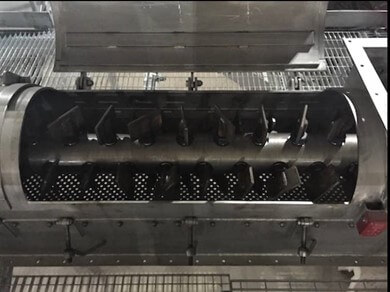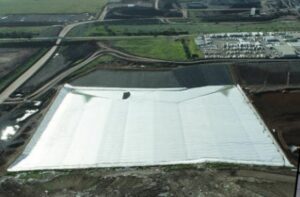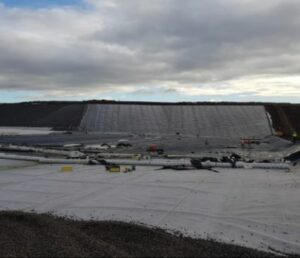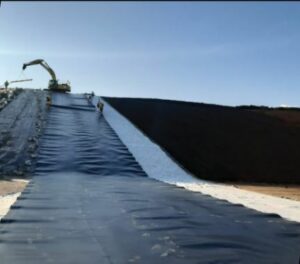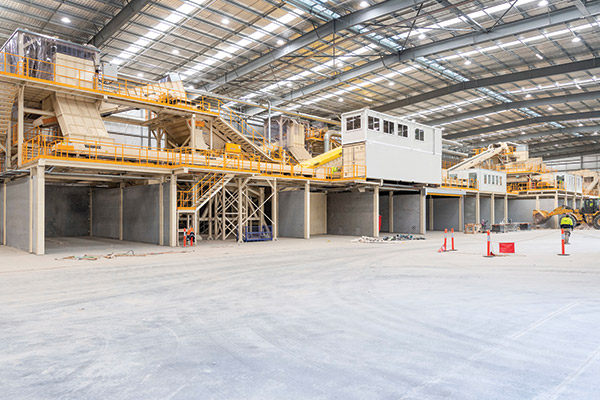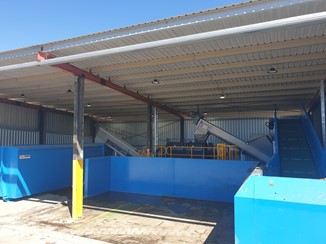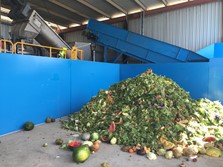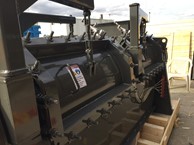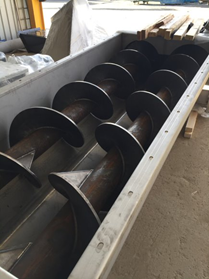With Victoria currently in the process of structuring its container return scheme ahead of a 2023 rollout, and Tasmania also working to reinstate their scheme, we take a look at why scheme design is critical to success.
It’s useful to look at good scheme design through the lens of the scheme’s objectives. Does it contribute to the environment, economy and society? Is it tailored to the unique needs of the population? Is it adaptable and cost-effective?
Community access and ease-of-use
At its core, a container return scheme is a product stewardship initiative, where responsibility for beverage containers is shared between brand owners, manufacturers, retailers, recyclers, government and consumers. A strong container return scheme complements kerbside collections which collect waste generated at home by focusing on the waste we make when we’re out and about. This is reflected in the types of containers a return scheme typically accepts – soft drink cans, beer bottles and juice boxes but not milk cartons and wine bottles.
By providing a refund for every container returned, we are incentivised to collect not only our own but other containers we find, therefore diverting rubbish away from our streets, parks and waterways. Thus, a major benefit from a successful CDS is the significant reduction in litter.
Access to drop off points is crucial to embedding scheme use among communities. Drop offs need to be convenient – travelling too far or waiting too long will turn people off and discourage use.
Densely populated areas will need more return points especially at high foot traffic areas. The opposite is true for remote regional areas which require drop off points at strategic locations that are easy to access but not so many that operational costs become untenable.
The bottom line is that there is no ‘one size fits all’ approach when deciding where and how many drop off points to provide. Geography, population size, transportation and access are factors that have to be carefully considered when designing the network.
In NSW, a combination of reverse vending machines (RVMs), automated depots and local businesses operating as over-the-counter collection points provide ample coverage to both high traffic and rural areas. To minimise downtime, reverse vending machines are cleared regularly, and bin levels are tracked in real time through a sophisticated live data network. Automated depots are bulk container processing locations where staff at the depot use counting machines to process the large amounts of containers quickly and efficiently to minimise wait time.
Coordinated, data-driven collections and processing
The benefits of a container return scheme extend beyond diverting litter from the environment. A well-designed scheme aims for 100% of materials to be recycled into new containers again.
To make this possible, a well-coordinated and data-informed network is needed to collect, transport and process containers for recycling as well as a ready end market for the recyclable commodities.
Regular and coordinated collections are necessary to ensure minimal downtime at drop off points. Full receptacles can send notifications and collections can be tracked using in-cabin software so that the network operators can monitor truck movements, optimise route density and correct issues as they arise.
In Queensland, Western Australia and New South Wales Cleanaway’s fleet collects containers from drop off points all over the states. The collected containers are transported to sorting facilities such as Cleanaway’s Container Sorting Facility at Eastern Creek in New South Wales and Morning side in QLD.
Speed is of essence here – in Queensland for example, 3.7 million containers are taken every day to a Containers for Change recycling centre. That’s a lot of containers to process in a day! State-of-art optical sorting technology can separate the various material streams with speed and ease, ready to be sent to recyclers for further processing.
Jobs creation and economic growth
Recycling creates jobs which in turn stimulates spending and the local economy. According to the Department of Agriculture, Water and the Environment, more than nine jobs are created for every 10,000 tonnes of waste recycled.
Sorting and processing facilities typically operate seven days a week to manage volumes of recyclable material. Our container sorting facility in NSW alone employs up to 39 staff and 200 drivers to collect and process containers around the state. In WA, the Department of Water and Environmental Regulation reported more than 600 jobs created from its container return scheme.
In Albury/Wodonga, Cleanaway, Pact and Asahi have announced a $48 million PET plastic recycling plant that will recycle the equivalent of around 1 billion 600ml PET plastic bottles each year and create over 300 direct and indirect jobs, with tradespeople, engineers and technicians among the roles that need to be filled.
Cleanaway will provide the plastic to be recycled through its collection and sorting network which includes bottles collected from the NSW container return scheme, Pact will provide packaging expertise and Asahi will buy the recycled plastic from the facility.
This joint venture is a perfect example of a circular economy in action, where recycled material is reused in the manufacturing process, reducing the need for virgin raw material while boosting the local economy with more jobs and greater opportunities.
Social benefits to the community
Container return schemes deliver significant social benefits to the community with many individuals and groups using the refunds for fundraising or to supplement their income.
Having an established network of donation partners and multiple options for refund (Paypal, vouchers, cash) are essential to facilitate this process.
Once in place, it’s important that people know about the options available to them – this is where promotions on social media, through community groups and other media comes in. All stakeholders should play a part in the scheme’s promotion, which means regular and coordinated meetings to align on communication strategies.
Good governance and accountability
It might seem self-evident but it’s worth emphasising that a container return scheme aims to collect as many containers as possible so that fewer items are littered or landfilled and more are recycled into new products. This is where the structure of governance, administration and operations of the scheme should be considered in their ability to achieve the container return scheme’s objectives.
South Australia works on a “super collector” model where three approved collectors operate in the state. In the Northern Territory, four organisations in the beverage or recycling industry are approved to run the Cash for Containers scheme.
In other states, the government splits scheme responsibilities between a coordinator and operator. This shared responsibility model between scheme participants across the supply chain including brand owners, manufacturers, retailers, recyclers, government and consumers ensures that each stakeholder is incentivised to do their best to keep the maximum volume of recycled containers in circulation.
Scheme design and governance are typically managed by the state government. The scheme coordinator manages overall scheme costs, engagement with beverage suppliers and is ensuring the scheme is run efficiently. The network operator is incentivised to maintain an easy to use and accessible network of return points which maximises container recovery.
How Cleanaway supports container return schemes in Australia
Cleanaway provides collections in selected regions for Containers for Change in Queensland and Western Australia.
TOMRA Cleanaway is the joint venture leveraging a dynamic combination of cutting-edge technology provided by TOMRA, global leader in reverse vending technology and Cleanaway, Australia’s largest waste management and resource recovery organisation. TOMRA Cleanaway is committed to providing community access to the New South Wales’ Container Deposit Scheme.
Contact us to learn more about how we are making a sustainable future possible for communities and businesses across Australia.
